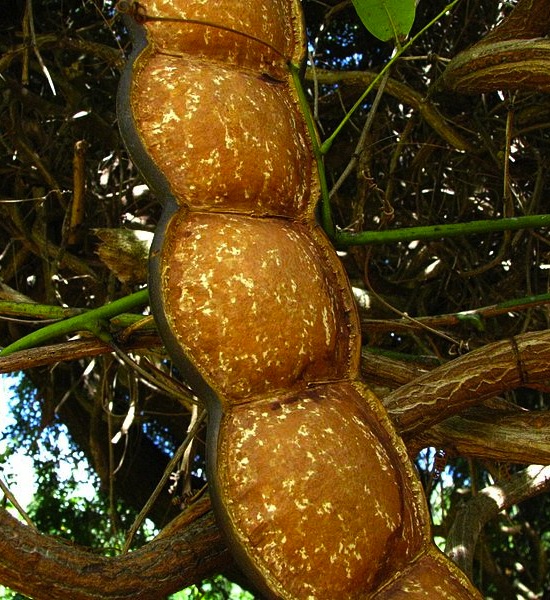Back to November 2014 Newsletter
10 Things You May Not Know About Seeds

Lyne Bellemare
Did you know …
2. Seeds have often been used in art. There was a time, for instance, when it was very fashionable to sport jewellery made of acorns or the shells of hazelnuts. The famous “Cherry Stone With 185 Carved Faces” is one such unique example, and can be seen at the Museum of Dresden in Germany.
3. The seeds produced by some plants in the genus Entada are so big that they are used in some countries as tins for tobacco or snuff. Entada gigas or Sea Heart produces the longest pods in the world, which can grow to over a meter! The seeds fall in the water and travel for months with the help of oceanic currents. They have been found as far as the Irish coast.
4. It was by carefully examining the way that poppies disperse their mature seed by spitting them out of the small holes that dot their seed capsules that the Austrian scholar Raoul Henrich Francé had the idea to invent the salt shakers found on our dining tables today.
5. Seeds of anise, coriander, fennel and caraway were used to make the famous "four hot seed" tea, which was especially popular at the court of the Sun King. It was supposed to combat intestinal gas.
6. The smallest seed in the world is that of an orchid of the genus Dendrobium, which weighs 0.00000565 grams, and which is invisible to the naked eye!
7. In Europe, there is a bean seed that weighs between 2 and 3 grams and holds the record for the largest seed crop. It is followed by a pea that has about 3 seeds per gram, a squash with 3-7 seeds per gram, and an artichoke with 25 seeds per gram.
8. The Begonia holds the European record for the lightest seed, with 100,000 seeds per gram. Then comes the bellflower, with 25,000 seeds per gram, thyme with 6000 seeds per gram, and watercress with 4000 seeds per gram.
9. The date palm holds the record for longevity in the wonderful world of seeds: date palm seeds with the venerable age of a little over 2,000 years have been discovered near the Dead Sea.
10. Where do seeds come from in the first place? The first seed plants emerged in the Carboniferous period, about 345 million years ago. These were the first gymnosperms, (the term comes from Ancient Greek; “gymnos” means naked and “sperma” means seed), which in turn gave rise to current conifers. The latter are plants that have cones, whose scales house the seeds. Mature seed enters a state of dormancy until it receives the right conditions for germination.
Lyne Bellemare is Seeds of Diversity Canada's French Program Coordinator.
Photo: Entada phaseoloides by David Eickhoff, CC 2.0.
Not yet a member?
An annual membership to Seeds of Diversity gives you access to our seed exchange, seed grow-out programs, and our online news.

We depend on donations to do our work.

Thank you for your support!
